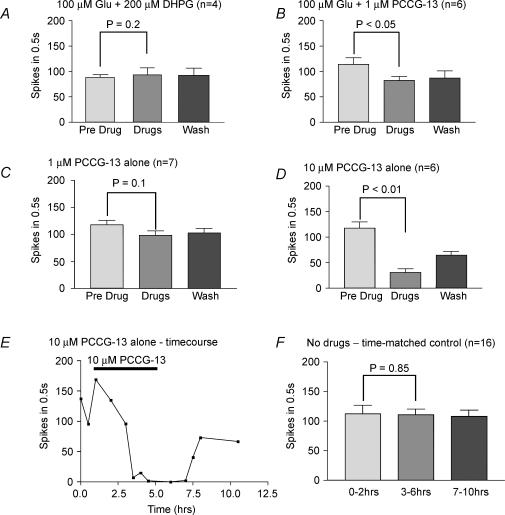Figure 6. Antagonists of PLD-coupled metabotropic Glu receptors inhibit glutamate-mediated increases in spindle excitability and reduce spindle excitability when applied alone.
A, the afferent discharge in the presence of both glutamate and DHPG (200 μm) was not significantly different from predrug levels. Thus, DHPG blocked the effect of exogenous glutamate, indicating that glutamate-mediated excitability requires a PLD-metabotropic Glu receptor. B, because DHPG can also act as an agonist at type I metabotropic Glu receptors, a more specific PLD-metabotropic Glu receptor antagonist, PCCG-13, was tested. It too abolished the effects of exogenous glutamate at 1 μm.C and D, PCCG-13 also reduced spindle discharge frequency in the absence of exogenous glutamate, but required higher concentrations (10 μm). This is consistent with PCCG-13 blocking receptor activation through tonic release of endogenous glutamate. E, representative experiment showing the time course and profound effect of PCCG-13 applied alone on the responsiveness of a spindle to stretch. F, time-matched controls showed that stretch-evoked responses are well maintained in the absence of drugs. Values in A–D and F are means ± s.e.m.; Student's paired t test comparison of predrug and with drug responses.

